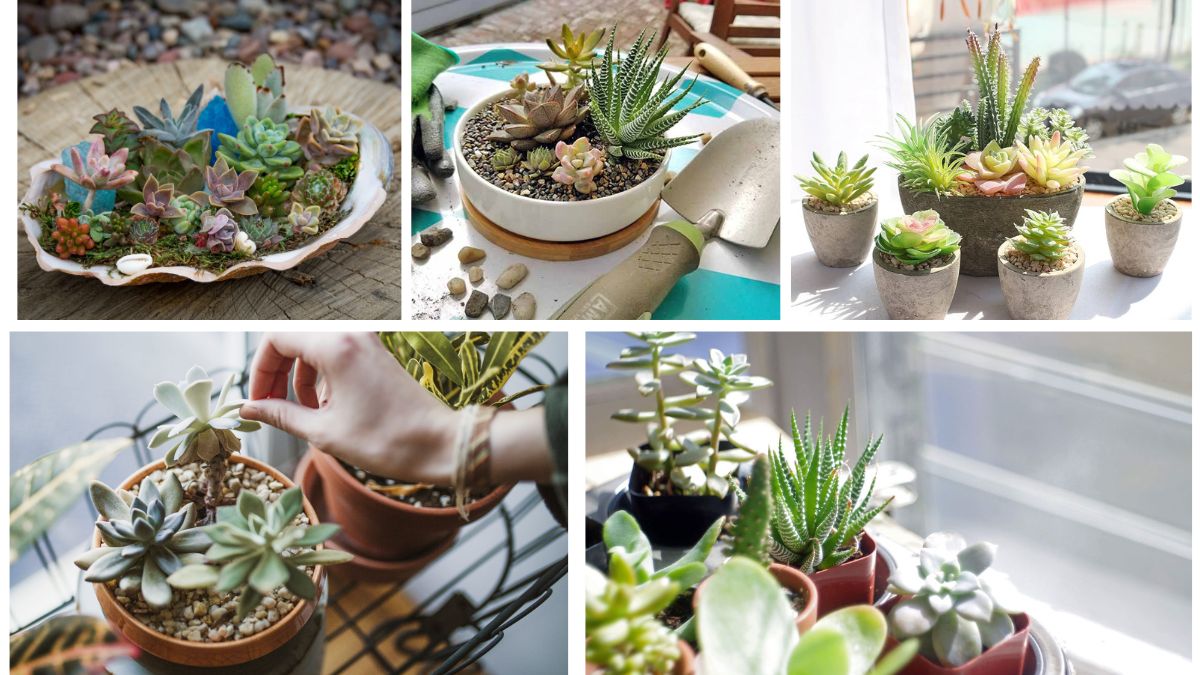Succulents have become the darlings of modern gardening—and for good reason. These resilient, low-maintenance plants are not only beautiful but also versatile enough to thrive in both outdoor gardens and indoor containers. With their fascinating textures, striking colors, and sculptural forms, succulents bring instant charm to any space. But despite their hardy reputation, succulents do require a bit of thoughtful care to keep them thriving year-round.
In this article, we’ll explore everything you need to know about planting succulents and maintaining them through all seasons. Whether you’re a beginner or an experienced gardener, these succulent secrets will help you enjoy lush, healthy plants year after year.
Why Succulents Are So Popular
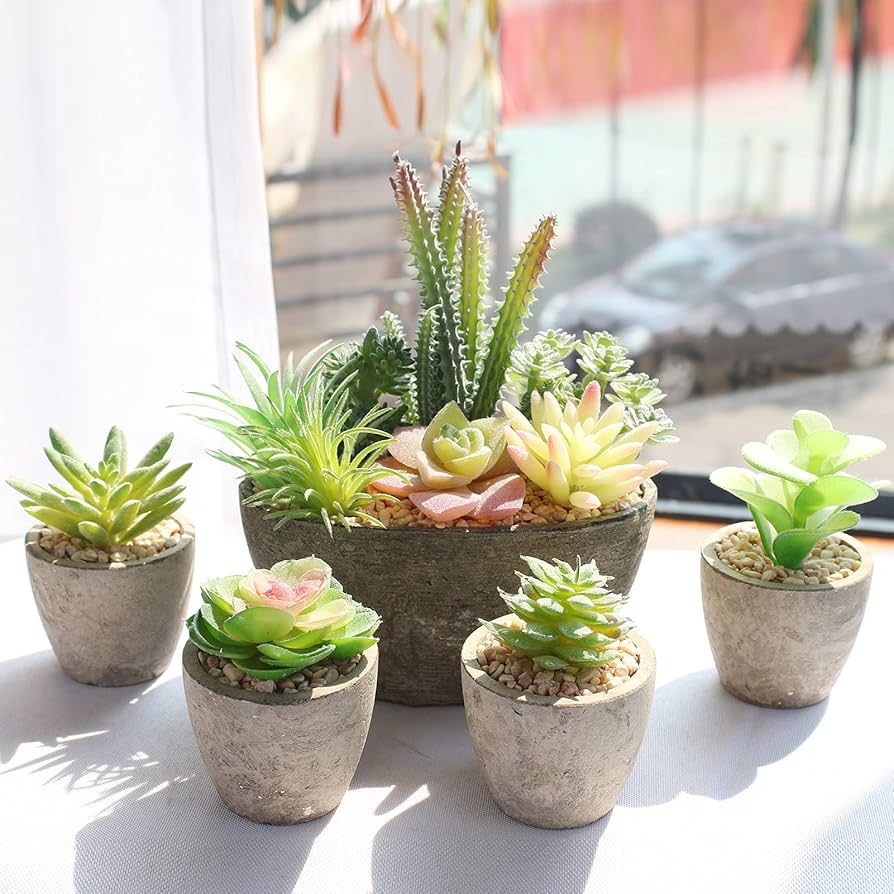
Succulents have captured the hearts of plant lovers everywhere. Their appeal comes down to a few key reasons:
- Low Maintenance: Unlike many houseplants, succulents don’t need daily watering or constant attention.
- Unique Beauty: From rosettes of Echeveria to trailing strands of String of Pearls, their diversity is stunning.
- Space Friendly: Perfect for small spaces, balconies, or even terrariums.
- Air-Purifying Benefits: Some succulents, like Aloe Vera, improve indoor air quality.
- Longevity: With proper care, succulents can thrive for many years.
Choosing the Right Succulent for Your Space
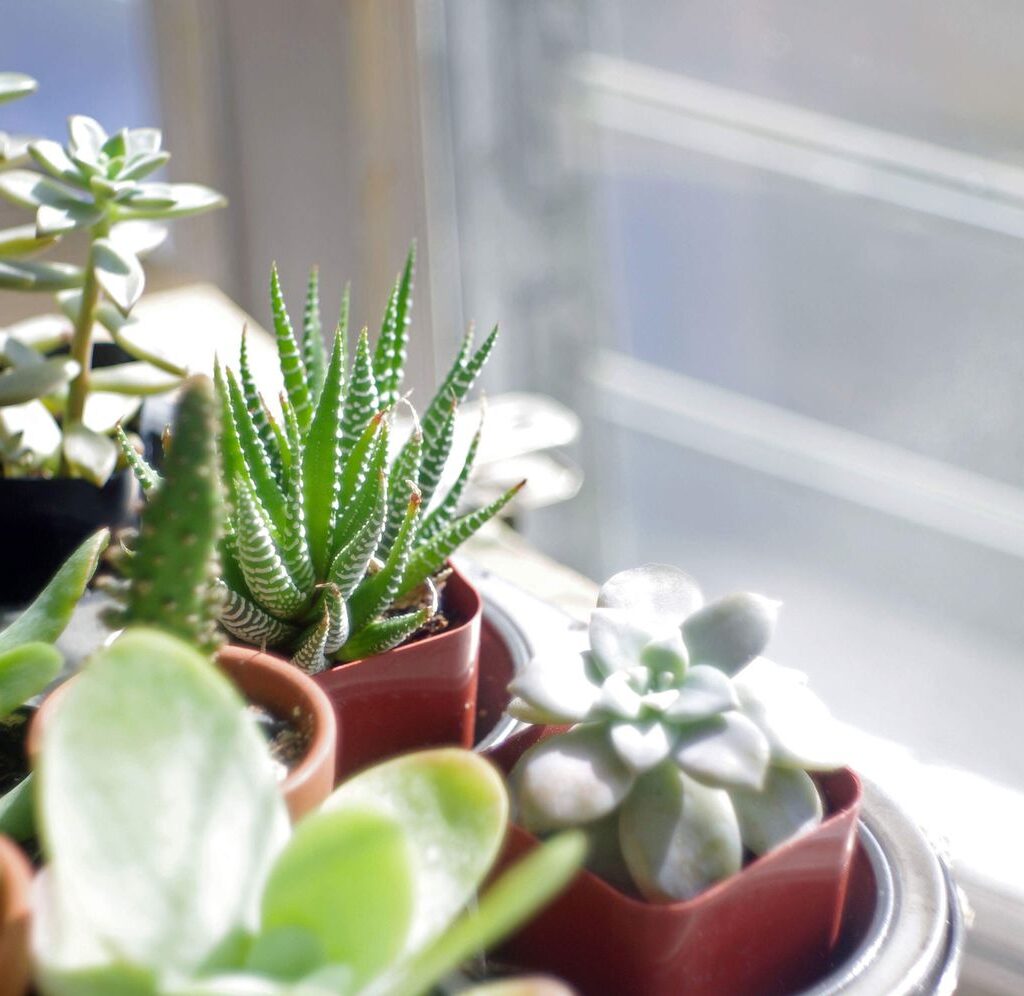
The first step in growing healthy succulents is choosing the right plant. Some thrive better indoors, while others prefer outdoor conditions.
Best Succulents for Indoors:
- Aloe Vera – Known for its medicinal gel and easy care.
- Haworthia – Compact, spiky, and perfect for desks or small pots.
- Jade Plant (Crassula ovata) – Symbol of prosperity and very hardy.
- Snake Plant (Sansevieria) – A forgiving option that tolerates low light.
Best Succulents for Outdoors:
- Echeveria – Colorful rosette succulents that love sunlight.
- Sedum – Excellent groundcover with drought tolerance.
- Agave – Bold and architectural, ideal for large gardens.
- Sempervivum (Hens and Chicks) – Cold hardy, multiplies quickly.
When choosing, consider the light levels, available space, and temperature conditions in your garden or home.
Planting Succulents: Step-by-Step Guide
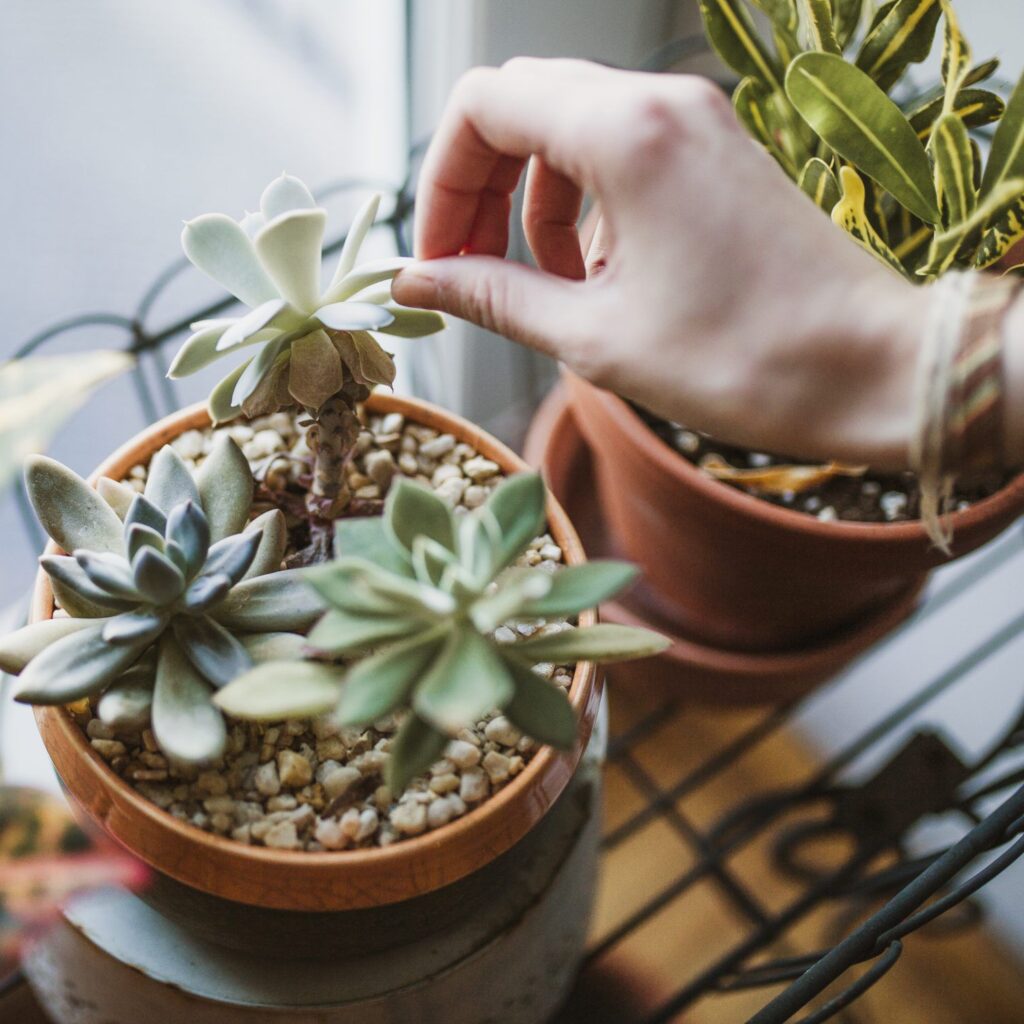
1. Select the Right Container
Succulents need excellent drainage. Choose pots with holes at the bottom to prevent root rot. Terracotta pots are ideal because they allow soil to dry faster.
2. Use the Correct Soil Mix
Succulents cannot tolerate heavy, water-retentive soils. Use a cactus or succulent-specific soil mix or create your own by mixing:
- 2 parts regular potting soil
- 1 part coarse sand
- 1 part perlite or pumice
This ensures proper aeration and prevents soggy roots.
3. Planting Technique
- Gently remove the succulent from its nursery pot.
- Loosen the roots if they appear compacted.
- Place it in the new container, filling around it with soil mix.
- Leave a small gap (about ½ inch) between the soil surface and the rim of the pot for easier watering.
4. Positioning the Plant
Most succulents need bright, indirect sunlight for at least 6 hours a day. If indoors, place them near a sunny window. Outdoors, ensure they’re not in constant harsh afternoon sun (unless they’re sun-loving types like Agave).
Watering Succulents: The Golden Rule
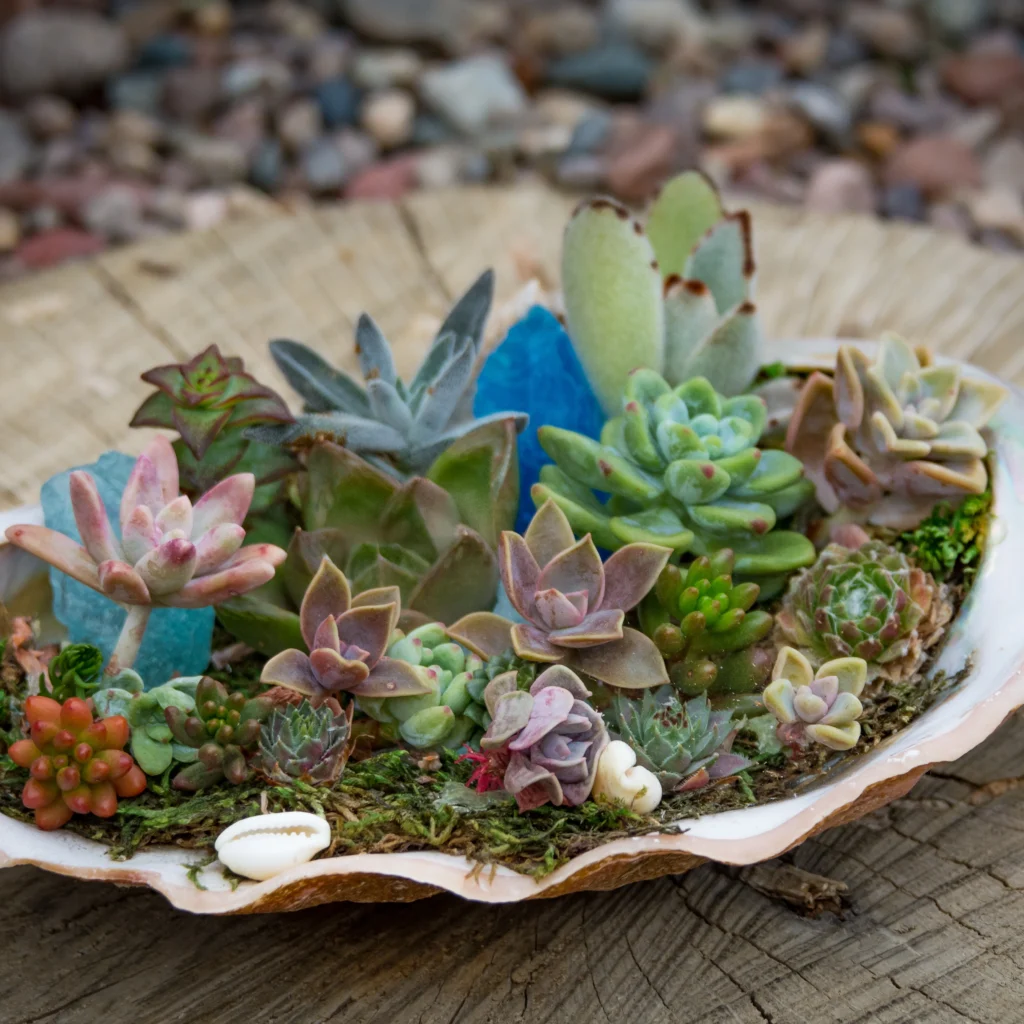
Overwatering is the number one reason succulents die. To keep them healthy:
- Soak and Dry Method: Water thoroughly until water drains from the pot, then wait until the soil is completely dry before watering again.
- Frequency: Generally once every 2–3 weeks indoors, and weekly in hot outdoor conditions. Adjust based on climate.
- Avoid Misting: Unlike tropical plants, succulents don’t thrive on misting. Too much moisture on leaves can cause rot.
A good test: stick your finger 1–2 inches into the soil. If it feels dry, it’s time to water.
Seasonal Succulent Care Tips
Spring and Summer (Active Growth)
- Increase watering slightly as succulents grow actively.
- Fertilize lightly with a balanced, diluted cactus fertilizer once a month.
- Rotate pots weekly to ensure even sunlight exposure.
Autumn (Transition Season)
- Gradually reduce watering as plants prepare for dormancy.
- Repot if necessary before winter sets in.
Winter (Dormancy Period for Many Succulents)
- Water sparingly—once a month or less, depending on indoor heating.
- Keep them near a sunny window or supplement with grow lights.
- Avoid cold drafts and freezing temperatures.
Common Problems and How to Fix Them
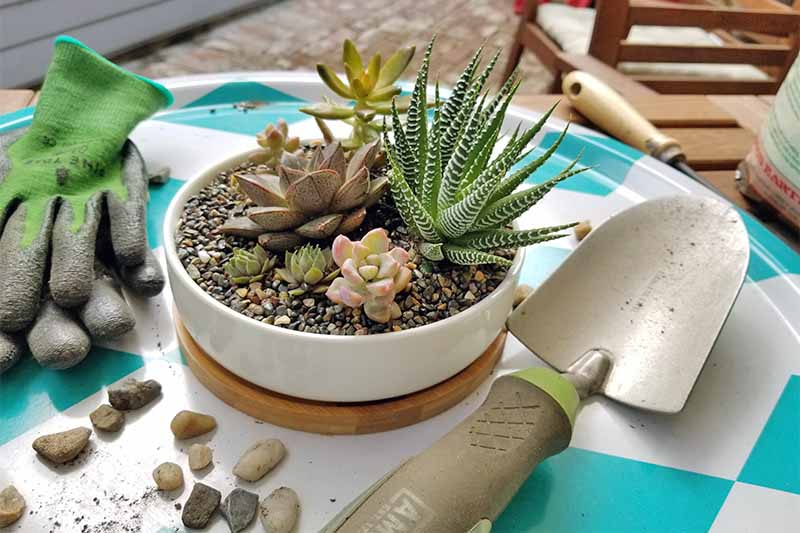
- Mushy, Yellow Leaves → Overwatering
- Stop watering immediately, remove damaged leaves, and let soil dry out completely.
- Wrinkled, Shriveled Leaves → Underwatering
- Give a thorough soak and adjust watering schedule.
- Stretching (Etiolation) → Lack of Light
- Move the succulent to a brighter spot or use grow lights.
- Brown, Crispy Leaves → Too Much Direct Sun
- Provide filtered sunlight or partial shade.
- Pests (Mealybugs, Aphids)
- Wipe with rubbing alcohol-soaked cotton swabs or use insecticidal soap.
Creative Ways to Style Succulents
Succulents are not just plants; they’re living décor. Here are some fun ways to display them:
- Terrariums: Glass bowls filled with a mix of succulents and decorative stones.
- Vertical Gardens: Wall planters with succulents arranged in patterns.
- Fairy Gardens: Miniature landscapes using succulents as the main greenery.
- Mixed Containers: Combine different shapes and colors for a striking effect.
- Table Centerpieces: Small pots grouped together for indoor dining tables.
Propagation: Expanding Your Succulent Collection
Succulents are one of the easiest plants to propagate.
Leaf Propagation
- Gently twist off a healthy leaf.
- Let it callus over for 1–2 days.
- Place on well-draining soil and mist lightly.
- Roots and baby plants will form in a few weeks.
Stem Cuttings
- Cut a healthy stem with several leaves.
- Allow it to dry and callus before planting in soil.
- Water sparingly until new growth appears.
Offsets (Pups)
- Many succulents produce small baby plants around the base.
- Gently separate and replant them.
Propagation not only expands your collection but also makes wonderful gifts for friends and family.
Benefits of Growing Succulents Year-Round
- Stress Relief: Caring for plants is known to reduce stress levels.
- Air Quality: Some succulents release oxygen and filter indoor toxins.
- Cost-Effective: Once established, succulents require minimal inputs.
- Aesthetic Appeal: Their colors, textures, and shapes brighten any space.
- Educational: Great for kids and beginners to learn gardening basics.
Final Thoughts
Succulents may seem like carefree plants, but with the right attention to soil, sunlight, and watering, they’ll reward you with vibrant growth and fascinating beauty all year long. From Aloe Vera to String of Pearls, each succulent adds its own charm and resilience to your home or garden.
By following these easy planting and year-round care tips, you can unlock the secrets to lush, thriving succulents that last a lifetime. Whether you’re decorating a balcony, creating a living centerpiece, or cultivating an outdoor rock garden, succulents are the perfect companions for gardeners of all skill levels.
